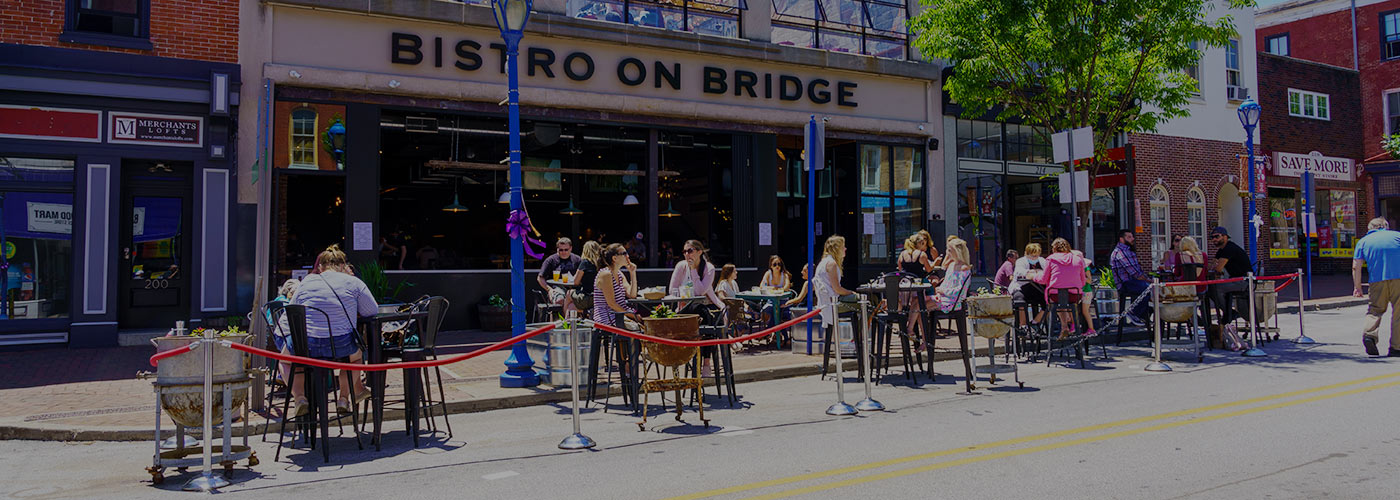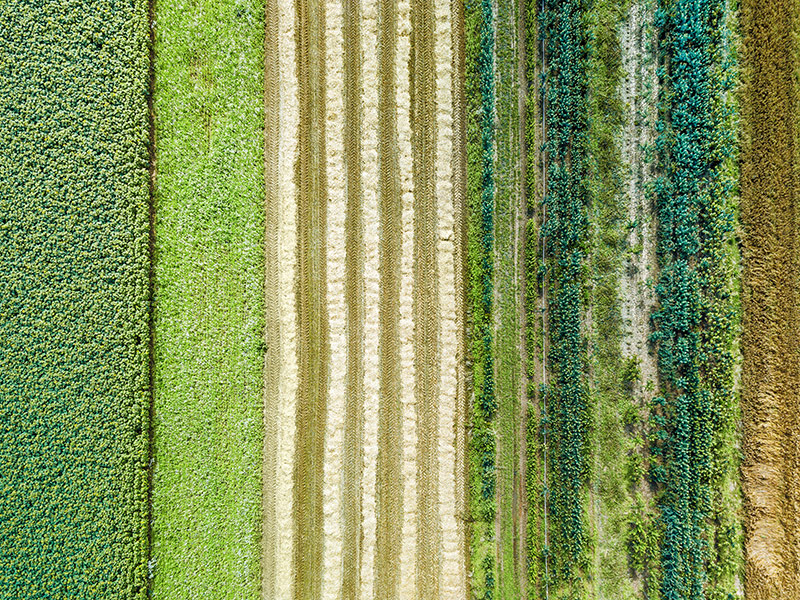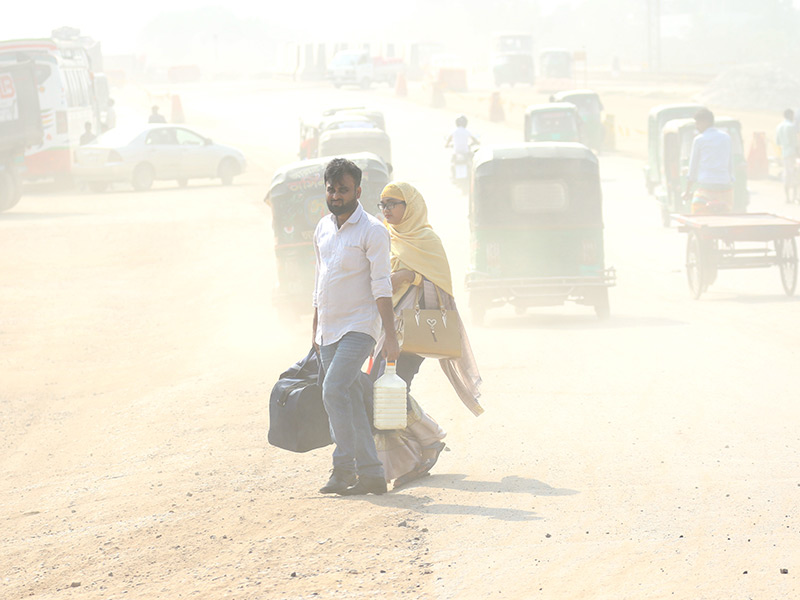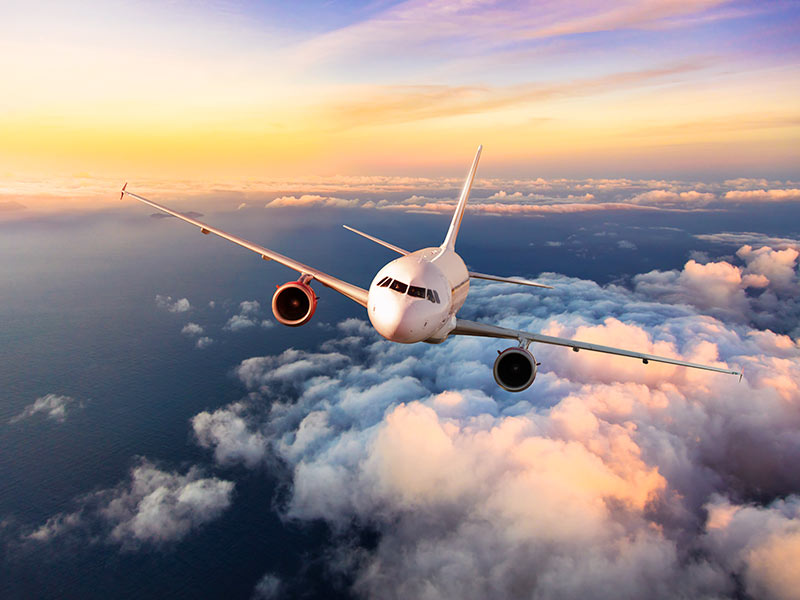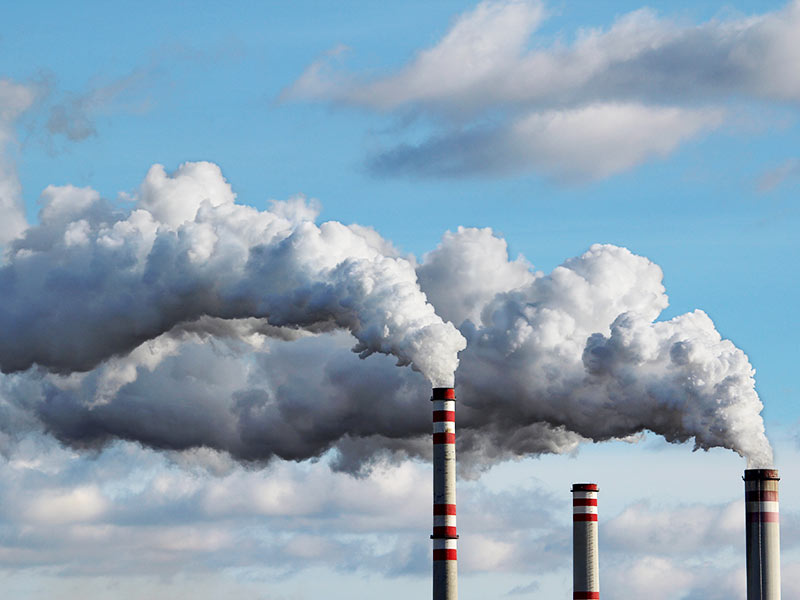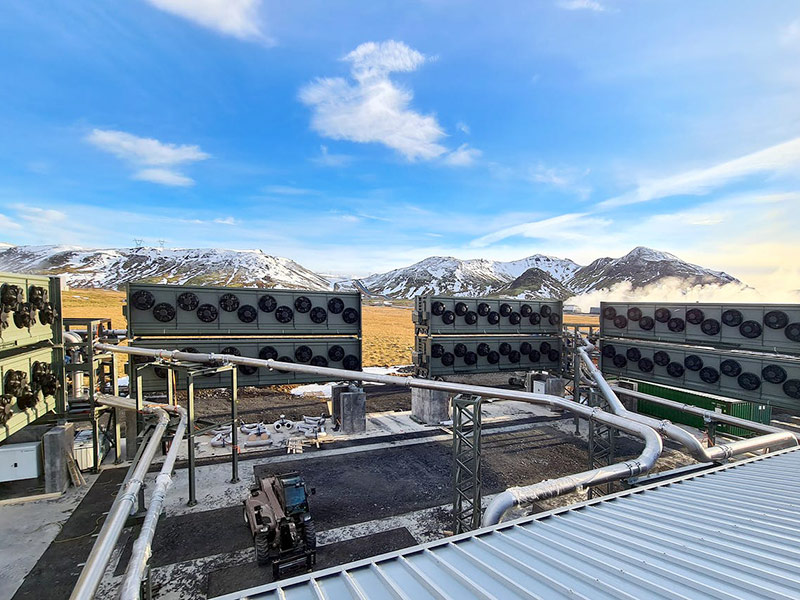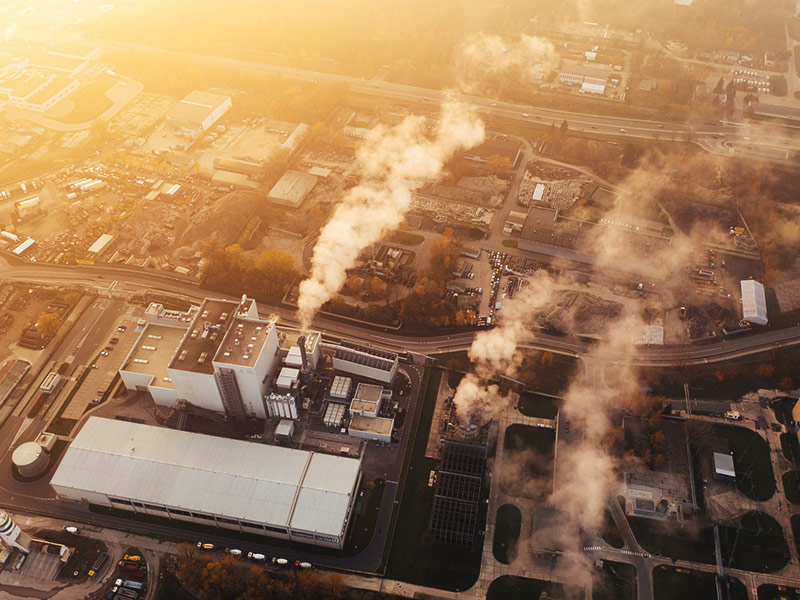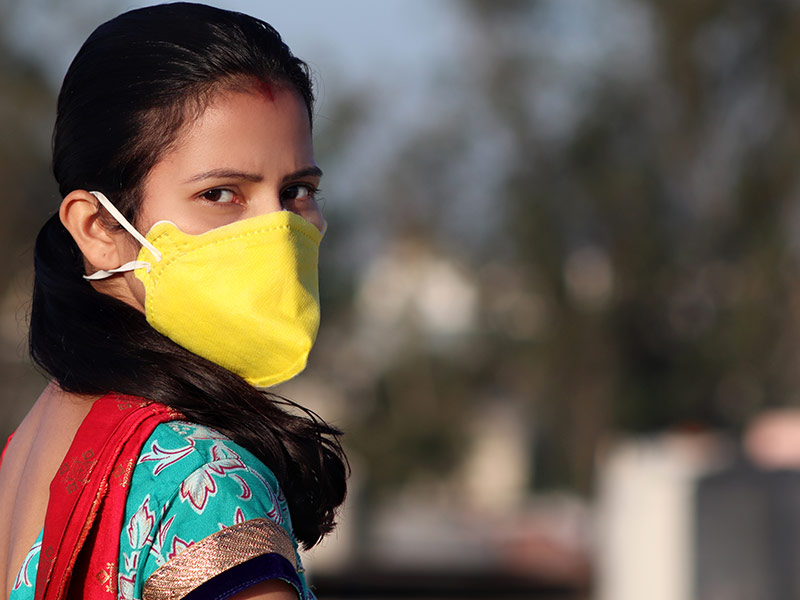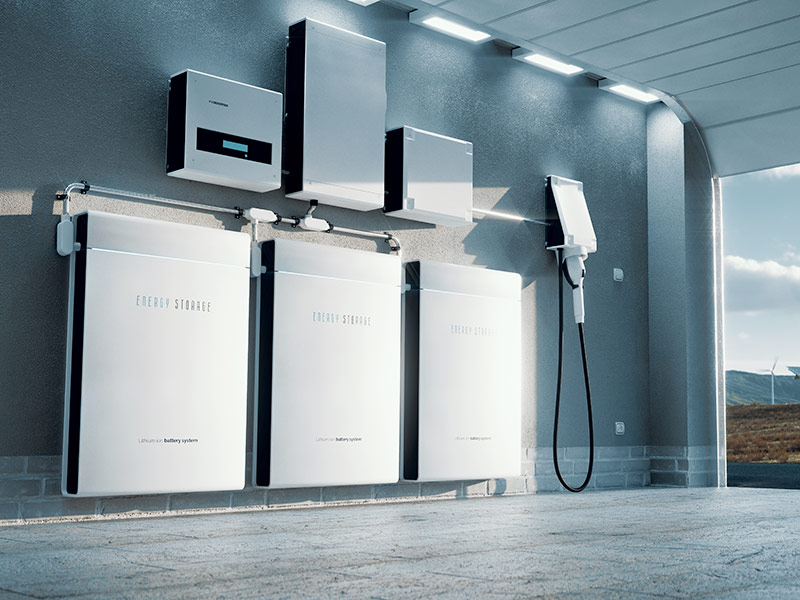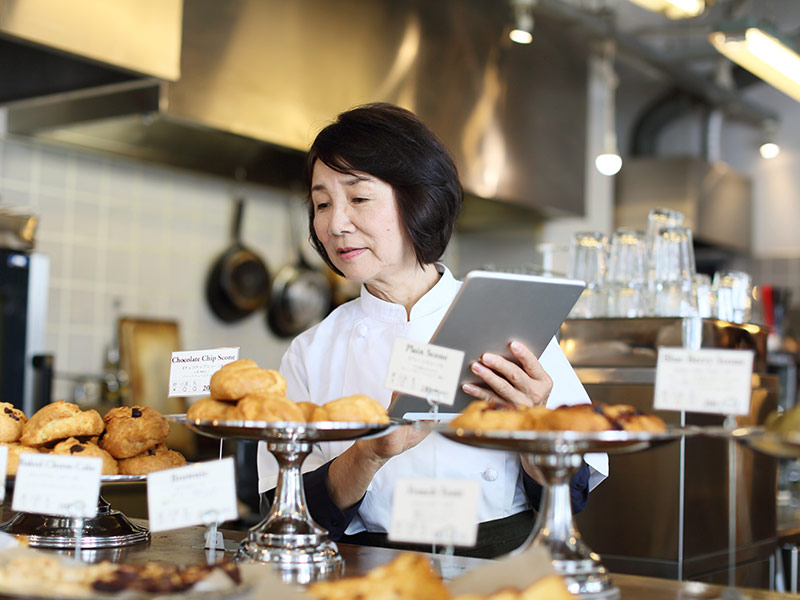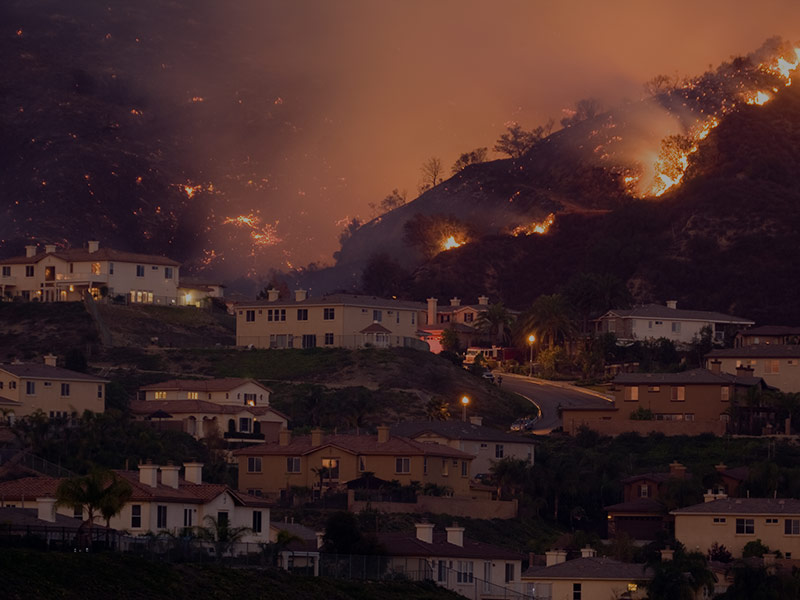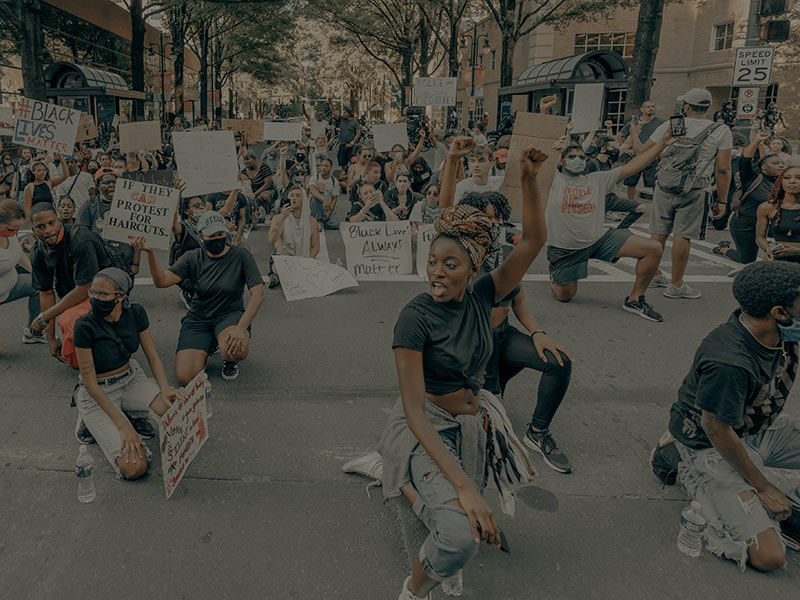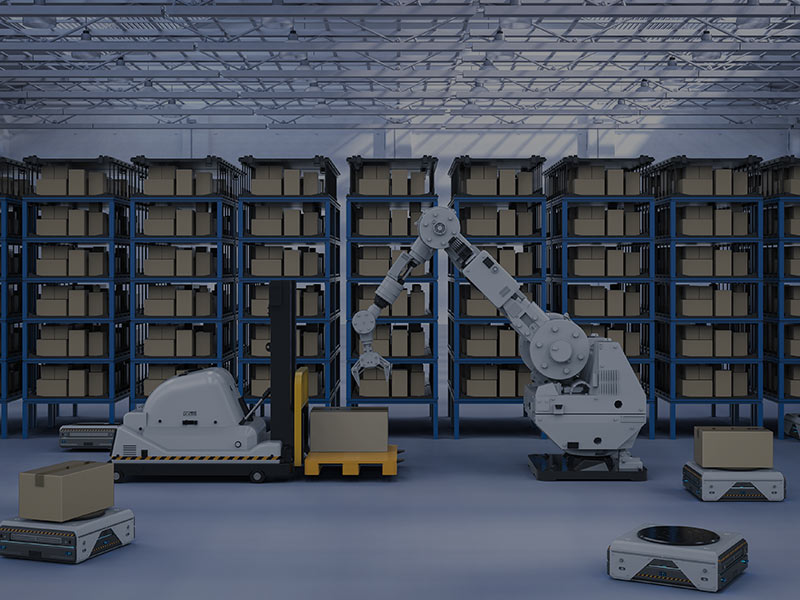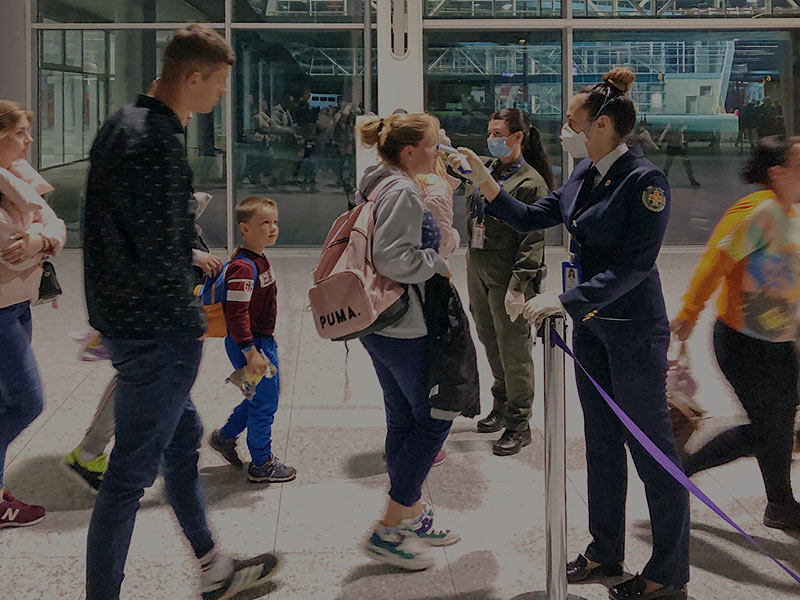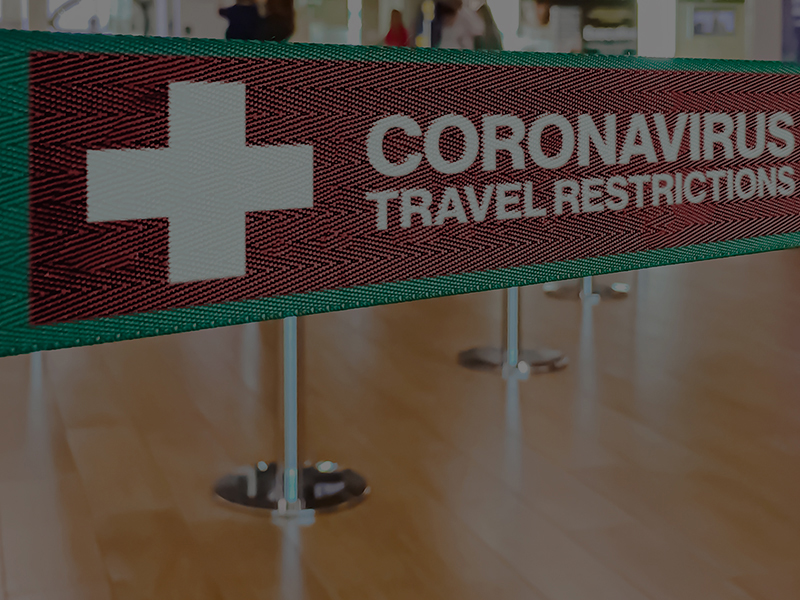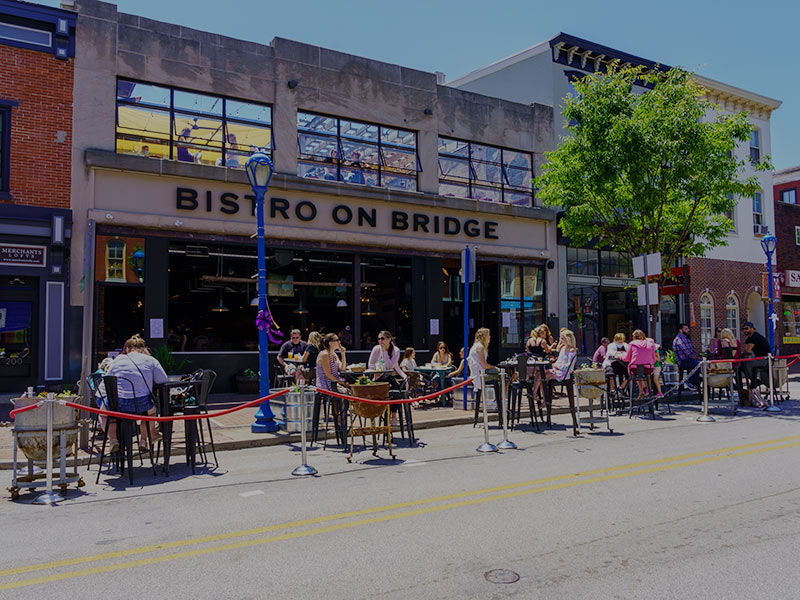
Could COVID-19 change the face of the world’s cities? It would not be the first time that public health concerns have radically reshaped our metropolises. Although many measures being taken to address COVID-19 may be temporary, we should also anticipate long-term changes as the pandemic reshapes our physical and mental landscapes. Additionally, with major inequalities in and between cities across the world, these changes could lead to highly disparate outcomes for city dwellers.
What’s New?
In the Global North, offices, restaurants, streetscapes, and transport systems are all being reconfigured as a result of the pandemic. Commercial real estate stands to be transformed as a portion of the workforce goes remote permanently, and real estate properties that remain will require additional space to meet social distancing guidelines. Those returning to work will encounter new requirements for spacing, ventilation, and hygiene as part of a redesign of our offices and buildings.
Outside of the workplace, similar constraints are reshaping transportation, dining, and leisure. While concerns about public transit are reducing transit revenues, placing these systems under further strain and leading to an increase in driving, as seen in China, they also provide an opportunity to reimagine overcrowded transport systems altogether. Cities like London and New York have opened up new spaces for pedestrians and cyclists to reduce overcrowded public transport and parks.
The status of cities in the Global North as economic hubs could also be diminished as affluent telecommuters relocate to less densely populated areas and take their tax dollars with them. However, moving out of densely populated areas will remain a privilege. Many workers will be compelled to remain in cities that may or may not be redesigned for the better.
The story of cities in the Global South differs drastically. Here, cities are often overcrowded and under-resourced, making implementing new building and transport design and social distancing measures challenging. These cities are less likely to change since economic opportunity overrides risk. Cities such as Nairobi, Johannesburg, Mumbai, and Sao Paulo also have a large number of informal workers, many of whom are foreign and internal migrants, who cannot afford to be unemployed and work in roles that cannot be performed remotely. For residents of these cities, an added measure of risk may be added to everyday life for the foreseeable future.
Signals of Change
In July 2020, the New York City subway systems announced drastic budget cuts to address a US$16 billion deficit following months of radical decline in ridership.
Paris has created new “coronavirus cycleways” in a bid to get people commuting in a safe and healthy way while the economy recovers. “This crisis has made clear that we need to change the way we live, work, and move,” said Morten Kabell, chief executive of the European Cyclists’ Federation.
In India, the lockdowns in March impacted 40 million internal migrant workers as they fled cities to their home states, many getting stranded en route. Unable to find work in rural areas as the risks in the cities seem to subside, migrant workers are slowly returning to the cities to seek their old jobs, many of which no longer exist.
Fast Forward to 2025
We all thought that cities would bounce back as soon as a vaccine became available in 2021. Instead, what we saw took city planners by surprise. In the past, cities held the promise of new opportunities, innovation...
The Fast
Forward
BSR Sustainable Futures Lab
What Might This Mean for Business in the Coming Years?
Business location in urban jurisdictions has been an important part of corporate planning over the previous decades, aimed at leveraging benefits such as transport, housing, and a concentrated consumer base—all of which may be significantly disrupted in cities. Remote and flexible work will become much more widespread and will require changes to commuting and work hours for those still reliant on public transport. The decline in commuting is also already impacting both transport systems and automotive companies.
The increase in digital workspaces, flexible work, and teleworking will likely lead to a decreased demand for corporate office space, coworking spaces, and facility management. Workspaces will also be redesigned to shift away from open-plan offices, increase satellite offices outside of major cities, and enhance health and safety measures requiring additional budgets.
Geographical distribution will create new challenges. Companies will need to manage insurance and other HR issues related to workers living in diverse places and not in the same jurisdiction as their work location. Businesses will also need to redesign client management and customer service as clients move to more rural or peri-urban areas.
Finally, the retail, hospitality, and restaurant industries will see significant changes as their business models stay online, physical spaces are redesigned to accommodate social distancing and hygiene requirements, and cities’ business districts and tourism decline.
What Is the Role of Sustainability?
Business is a pillar of urban economies and has relied on the unique resources of cities—such as highly educated workforces, efficient transport systems, and a culture of innovation—for its successes. The COVID-19 crisis will prove uniquely challenging to cities, and companies will need to step up efforts to help ensure their resilience in the face of the pandemic.
As cities continue to be transformed by the pandemic, businesses will need to redefine their relationship with urban places and communities. City budgets in many places are facing huge shortfalls as key sectors of their economies remain hobbled and affluent taxpayers relocate. There will be a greater need than ever for businesses to contribute to the tax base, engage in community development, and be highly engaged corporate citizens.
COVID-19 has the potential for significant effects on cities and society. We’ve already seen many affluent residents flee urban centers and many office-based jobs move to remote work models. These changes could wreak economic havoc on cities and alter urban/rural dynamics. Voting and political patterns could change, too, especially if 2020 U.S. Census counts are skewed. What happens to all the retail shops, banks, pharmacies, restaurants, cultural institutions, tourist destinations, and real estate markets that depend on dense, thriving urban centers? What happens to their employees and suppliers? What does that mean for inequities in race and wealth? How do policymakers react?
As urban land use and transportation undergo wrenching changes, there is an opportunity for visionary multi-stakeholder leadership to create better cities of the future. Placing sustainability at the core of urban planning when responding to these changes can help create livable cities for all residents of all incomes and a public transport system that is both accessible and environmentally sustainable.
![]()
Previous issue:
More Migrants with Nowhere to Go
![]()
Next issue:
Digital Passports for Clothing
